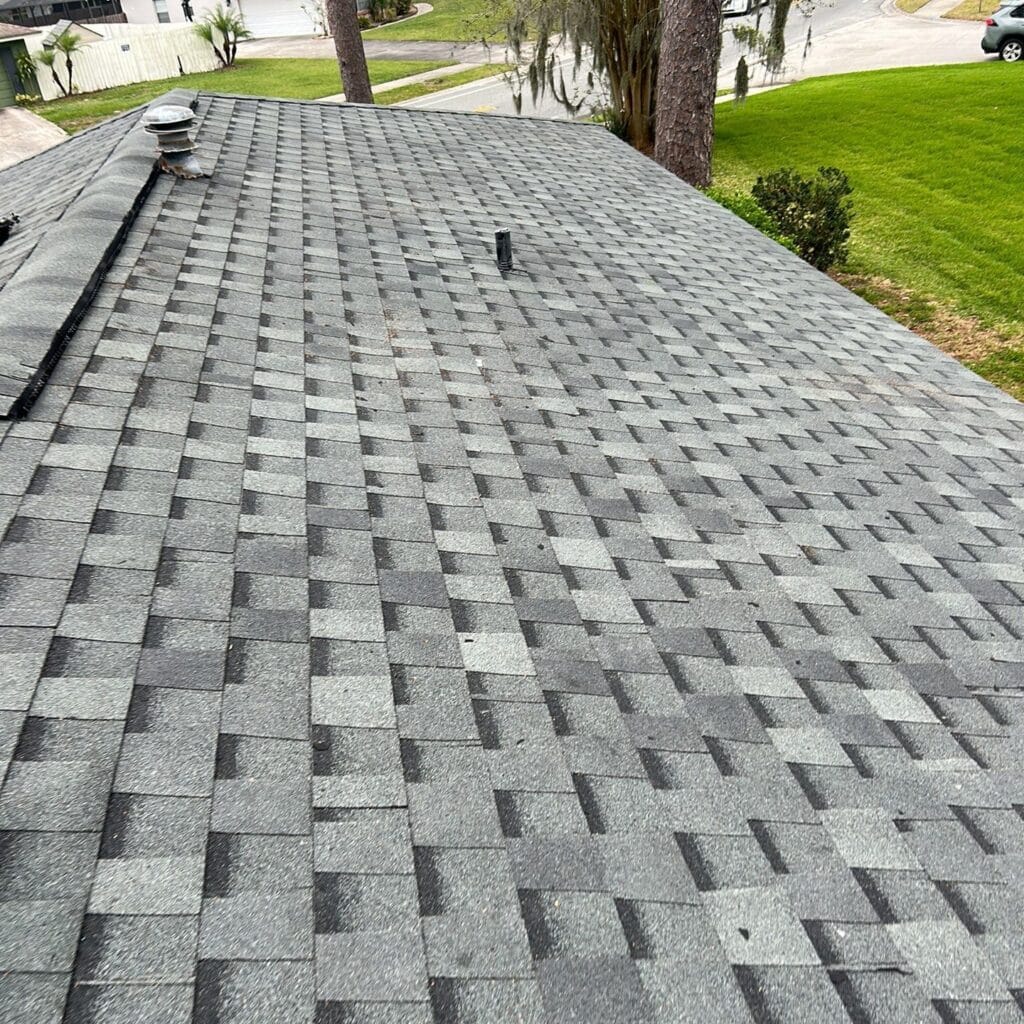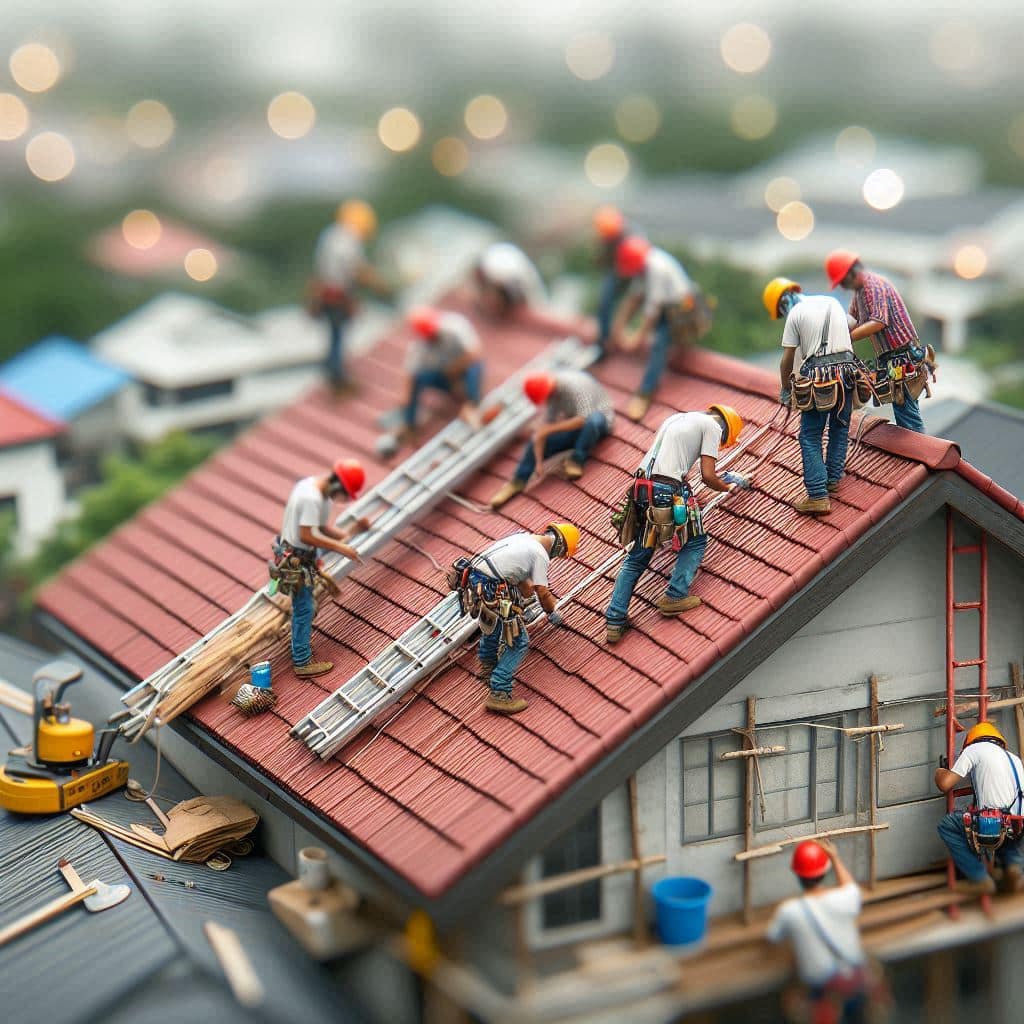Florida’s rural areas, with their sprawling landscapes, agricultural properties, and close-knit communities, face distinct roofing challenges that set them apart from their coastal and urban counterparts. These regions often deal with unique environmental and structural issues that require tailored solutions. In this blog post, we’ll explore the roofing challenges faced by rural communities like Black Hammock, FL, Bunnell, FL, Espanola, FL, and Favoretta, FL, and discuss innovative solutions that cater to these areas’ unique needs.

Environmental and Structural Challenges
Wildlife and Vegetation
Rural areas often have abundant wildlife and dense vegetation, which can pose challenges to roofing systems. Birds, insects, and small animals can cause damage to roofs, while trees and other vegetation can lead to debris buildup and moisture retention.
- Wildlife Impact: Birds and small animals often seek shelter on roofs, leading to nesting and potential damage to shingles and other materials. Insects can also contribute to material degradation over time.
- Vegetation Issues: Overhanging trees can drop leaves, branches, and other debris onto roofs, clogging gutters and trapping moisture. This can lead to mold growth, rot, and water damage if not addressed promptly.
Statistics: A report by the Florida Fish and Wildlife Conservation Commission highlights that rural areas experience higher instances of wildlife-related roof damage compared to urban areas【Source: Florida Fish and Wildlife Conservation Commission】.
Infrastructure and Accessibility
Rural communities often face challenges related to infrastructure and accessibility, which can impact the availability and quality of roofing services. Limited access to materials and skilled labor can complicate roofing projects in these areas.
- Transportation Challenges: Rural roads and infrastructure may make it difficult for roofing professionals to transport materials and equipment, leading to potential delays and increased costs.
- Access to Skilled Labor: Finding experienced roofing professionals in rural areas can be challenging, leading some homeowners to resort to DIY solutions that may not be as effective or safe.
Statistics: Local government reports indicate that rural Florida counties have fewer roofing contractors per capita compared to urban areas, leading to increased wait times and service costs【Source: Local Government Reports】.
Roofing Challenges in Specific Rural Areas
Black Hammock and Bunnell
Black Hammock, FL and Bunnell, FL are rural communities known for their natural beauty and agricultural properties. However, these areas face challenges related to wildlife interference and vegetation growth.
- Wildlife Interference: Roofs in these areas are often targets for birds and small animals looking for nesting spots. Homeowners must consider installing deterrents or protective barriers to prevent wildlife damage.
- Vegetation Growth: Dense vegetation can lead to debris accumulation on roofs, increasing the risk of water damage. Regular maintenance and tree trimming are essential to mitigate these issues.

Examples: A recent case study from Bunnell highlighted a homeowner’s struggle with raccoons nesting on their roof, emphasizing the need for effective wildlife deterrents【Source: Community Feedback】.
Espanola and Favoretta
Espanola, FL and Favoretta, FL are small, rural communities that face roofing challenges related to economic factors and infrastructure limitations.
- Economic Constraints: Many residents in these areas operate on tight budgets, making it difficult to afford high-quality roofing materials and professional services. Cost-effective solutions are crucial for these homeowners.
- Infrastructure Limitations: The lack of paved roads and reliable transportation can delay roofing projects and increase costs. Homeowners should plan accordingly and work with local professionals familiar with these challenges.
Insights: Interviews with roofing professionals in Espanola and Favoretta reveal that innovative, cost-effective solutions are vital for addressing these communities’ unique roofing needs【Source: Interviews with Roofing Professionals】.
Innovations and Best Practices
Durable and Sustainable Materials
Selecting durable and sustainable materials is essential for rural homeowners looking to maximize their roofs‘ lifespan while minimizing maintenance needs. These materials can withstand wildlife interference and environmental factors common in rural areas.
- Metal Roofing: Metal roofs are a popular choice for rural homes due to their durability, resistance to wildlife damage, and low maintenance requirements. They also offer excellent protection against harsh weather conditions.
- Eco-Friendly Options: Sustainable materials like recycled shingles or metal can provide long-lasting protection while minimizing environmental impact.

Statistics: Roofing industry data shows that metal roofs in rural environments can last up to 50 years with minimal maintenance, offering a cost-effective solution for long-term durability【Source: Roofing Industry Data】.
Community and Cooperative Solutions
Community initiatives and cooperatives can play a significant role in overcoming the challenges faced by rural homeowners. By pooling resources and collaborating, residents can access better materials and services at reduced costs.
- Community Roofing Projects: Local communities can organize group purchasing programs or cooperative roofing projects to obtain materials and services at discounted rates.
- Shared Resources: Residents can share tools, equipment, and expertise to complete roofing projects more efficiently and economically.
Examples: A successful community roofing project in Favoretta involved residents working together to purchase bulk materials and share labor costs, significantly reducing individual expenses【Source: Community Case Studies】.
Conclusion
Florida’s rural areas, including Black Hammock, FL, Bunnell, FL, Espanola, FL, and Favoretta, FL, present unique roofing challenges that require innovative solutions. From managing wildlife interference and vegetation growth to addressing infrastructure limitations and economic constraints, homeowners must prioritize durable materials and collaborative efforts to protect their investments. By understanding these challenges and implementing effective strategies, residents can enjoy the benefits of a resilient, low-maintenance roof that stands up to the demands of rural living.
